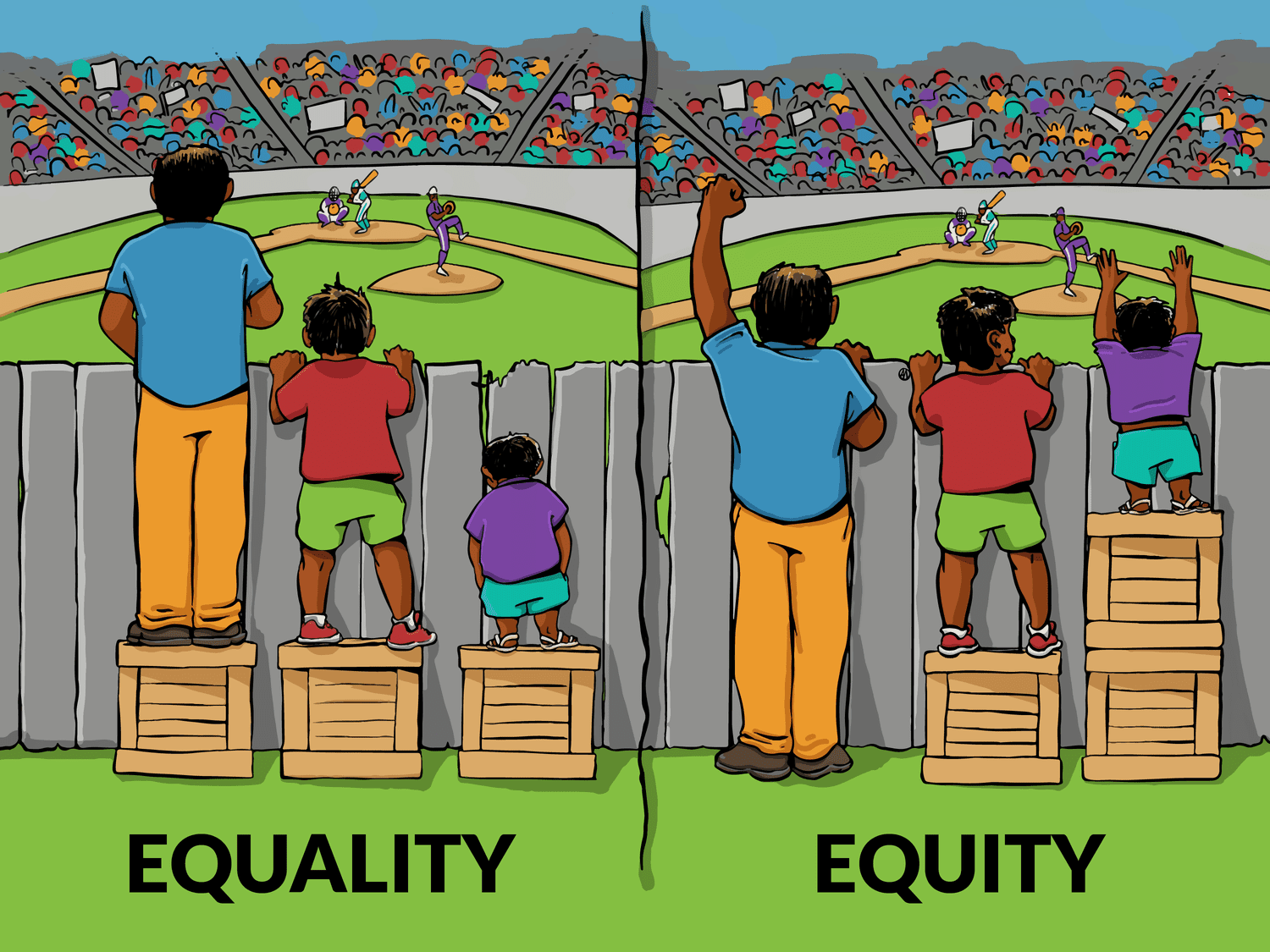The Role of Technology in Equity: Using Data to Ensure Every Student Succeeds
How do we ensure equity for every student in our schools? It’s the million-dollar question that keeps school leaders up at night. If you're nodding your head right now, thinking of the last report you saw that made your stomach churn—trust me, you're not alone. In today’s data-driven world, we have more information than ever before, but that can be both a blessing and a curse.
Sure, technology generates massive amounts of data—enough to make your head spin—but the real challenge is knowing how to use that data to benefit every student in your district. And let’s be honest, not just the students who are already excelling, but the ones who need more support to succeed. That’s where technology comes in as your not-so-secret weapon to tackle one of education’s most pressing challenges: equity.
Why Data Matters for Equity
Now, you might be thinking, “Data is just numbers on a spreadsheet. How does that ensure equity?” Well, data is much more than that. It’s the story behind the numbers. It's the roadmap that can lead to better decision-making, more targeted interventions, and ultimately, a more equitable school environment.
Imagine having a system that could not only tell you how students are performing, but why certain groups might be struggling. Whether it's based on socioeconomic status, race, gender, or learning abilities, technology can help unearth patterns that are invisible to the naked eye.
Data allows you to focus your resources on the students who need it the most. But here's the kicker: not all data systems are created equal. Some systems give you raw numbers, and then leave you to figure out the rest. Others, like ion, streamline this process by curating the data in a way that is both actionable and insightful, ensuring no student falls through the cracks.
Equity Is More Than Just Access

It’s easy to assume that providing every student with the same resources ensures equity, but in reality, that’s just the starting point. Equity isn't about equal resources; it's about ensuring that every student gets what they need to succeed. And here's where technology plays an even bigger role—by tracking performance, not just across the board, but within different subgroups of students.
With ion, for example, you can monitor performance trends across various demographics, identifying disparities that might otherwise go unnoticed. This enables you to not only address learning gaps but also to measure the effectiveness of your equity initiatives.
You can think of it like this: data is your flashlight in a dark room. Sure, you might have a general idea of where things are, but until you shine that light, you won’t see the obstacles in your path. And when it comes to equity, you can’t afford to stumble in the dark.
Using Data to Tell the Right Stories
Numbers don’t lie, but they don’t always tell the whole truth either. The danger in data is interpreting it incorrectly or using it in a way that further marginalizes students. This is why we need to be intentional about how we interpret and present data.
For example, it’s easy to look at a group of students who are underperforming and assume that they are simply “not getting it.” But what if the data reveals that these students are disproportionately from low-income households, or are English Language Learners? Maybe they aren’t struggling because they can’t understand the material, but because they don’t have the same access to resources outside of school.
This is where your equity lens becomes critical. Technology can give you the data, but it's your role to ask the right questions and make the right moves. With the insights ion provides, you can drill down into specific factors—like attendance, participation, or even social-emotional data—that offer a fuller picture of why certain students are falling behind.
How to Use Data to Drive Equity
Here’s where we get practical. You know you have the data, and you know it can help improve equity. But how do you actually use it in a meaningful way?
- Set Clear Goals: You’ve got to start by defining what equity looks like in your district. Is it closing the achievement gap between certain demographic groups? Is it ensuring that all students have access to advanced coursework? Whatever it is, get crystal clear on your goals and use them as your North Star.
- Disaggregate Data: Break the data down by race, gender, income level, and other factors that could reveal equity gaps. This allows you to see how different groups are performing, and where additional support might be needed. The good news is that ion simplifies this process, offering a user-friendly interface that makes it easy to dig into the data without needing a PhD in statistics.
- Target Interventions: Once you’ve identified where the gaps are, you can develop targeted interventions that address the root of the issue. For example, if you notice that students from low-income backgrounds are underperforming in math, perhaps they need additional tutoring or access to online resources that they might not have at home. Technology, again, can play a role here by offering personalized learning tools that cater to each student’s unique needs.
- Monitor Progress: Equity isn’t a one-and-done deal. It requires ongoing attention and adjustment. By regularly reviewing your data, you can monitor progress and see if your interventions are working—or if they need tweaking. This is where ion really shines, providing real-time data so you can stay agile and responsive to your students’ needs.
Equity Is Everyone’s Responsibility

One thing is certain: equity doesn’t happen by accident. It takes intentionality, strategy, and a commitment from everyone in the district to make sure all students have the opportunity to succeed. It’s not just about what happens in the classroom. It’s about creating an environment where every student, regardless of their background, feels valued, supported, and capable of achieving their best.
But here's the thing—teachers can’t do this alone. They need the right tools, and they need leadership to pave the way. By utilizing platforms like ion, you empower your educators with the data they need to make informed decisions that genuinely benefit every student. It’s about shifting from reactive to proactive, from surface-level to deep, meaningful change.
Your Next Step Towards Equity
By now, you can see that technology has the potential to revolutionize the way we approach equity in education. But it’s only as good as the action we take with the data it provides. So, the question remains: what will you do with the data at your fingertips?
If you’re ready to use data to ensure every student in your district succeeds, ion is here to help. Let’s take this journey together and ensure that equity isn’t just a goal—it’s a reality. Click to schedule a demo and see how ion can help you turn data into actionable insights that truly make a difference.
